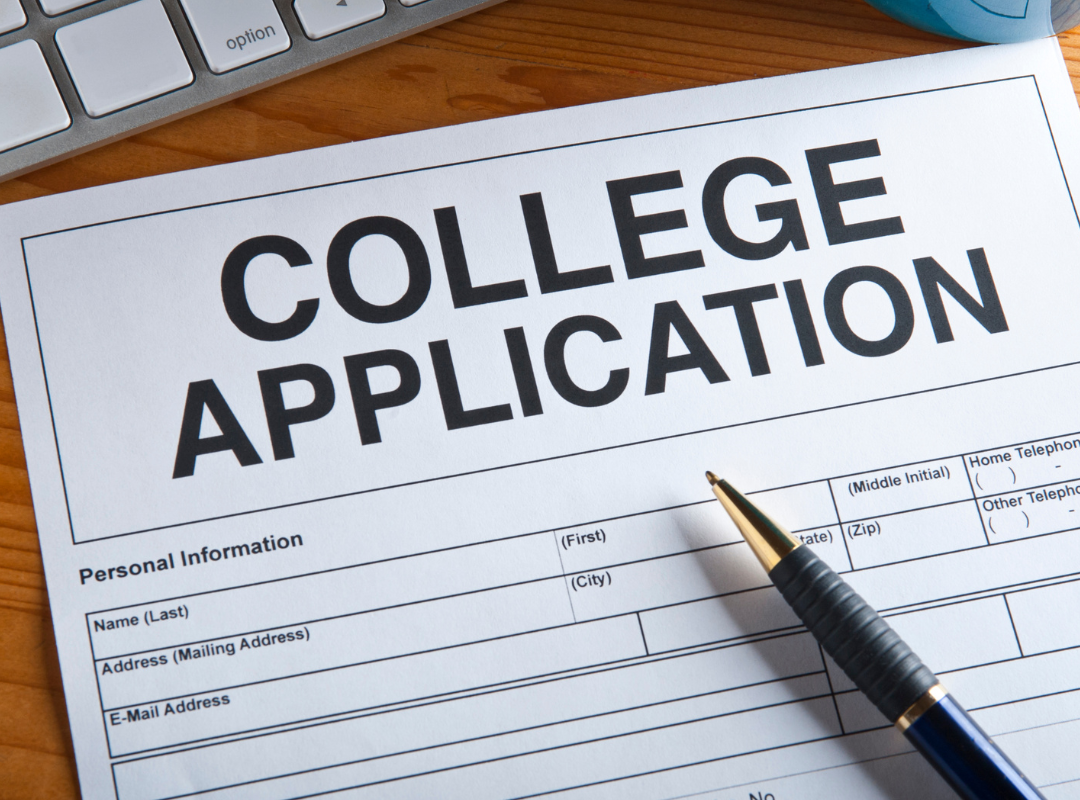What is the SAT exam?
SAT is an acronym that stands for Scholastic Assessment Test. This is an exam administered by College Board in the multiple-choice format that is aimed at testing a student’s readiness for college. There is no eligibility criteria for the SAT exam. As long as you are able to open a College Board account, then you are eligible for the test.
How many times can I take the SAT exam?
- A student is allowed to take the test multiple times. This means that if you take the test and you are not happy with what you have scored, then you can keep studying for the SAT and take it at a later date. The SAT is administered around seven times in a year, so you can always retake the test. It is important to get adequate time to prepare for the SAT exam so that you can do well in it.
Which countries accept the SAT test?
Universities and colleges in the US accept the SAT exam. Some schools in Canada, UK and a few in Australia also accept this type of standardized test. During Covid-19 most schools implemented the test optional policy where students were not required to submit the SAT scores as part of their applications. However, those who wanted to submit the scores were still allowed. Students could therefore apply to universities abroad and get accepted without having to take the SAT exam! However, some schools are reverting back to the SAT as one of the requirements for application, and this means that if you were planning not to prep for SAT, then you better start doing that, because you don’t many schools will get rid of the test-optional policy.
What should I expect in the SAT exam?
The SAT exam has always been a paper-pencil exam, and it was only very recent when they changed it to the new digital format. The SAT has two major parts: Reading and writing section and the mathematics section. The reading section is marked out of 800 and the mathematics section too. Therefore, this means that a perfect SAT score is a 1600. The lowest that a student can score in each section is a 200.
This Digital SAT has two sections and four modules: two English modules and two math modules. Each module in English has 27 questions and should be finished in 32 minutes. On the other hand, each mathematics module has 22 questions and should be finished in 35 minutes. Essentially, a student has to complete an English section question in 71 seconds and a mathematics section in 95 minutes. That way, you will be able to finish the exam in the stipulated time which is 2 hrs 14 minutes.
This Digital is adaptive in the sense that the questions are appropriate to a student’s performance level. This means that you can get entirely different questions from your friend in each of the two modules. How well you do in the first module will determine the kind of questions you will get in your second module. If you do well in your first module, questions in module two will be harder. However, if you do poorly in module one, questions in module two will be easier.
Students are penalized more on easier questions. For instance if we have two students with the same number of right answers in both modules of the English section, one student may end up scoring highly that the other. The one who scored highly would be because they had many right answers in module one as compared to module 2.
The major difference between the analog and digital SAT is that the reading and writing section is combined to one section, unlike in the analog SAT where the two sections were separate. Moreover, the long passages in the analog SAT are now shortened to short isolated paragraphs or sentences. In the mathematics section, a student is allowed to use a calculator all through, unlike the analog SAT where there was a calculator-specific section!
How do I register and what next after registration?
You can register for the SAT exam on the College Board website. There is a fee of $60 that is to be paid on the College Board website. There are guidelines to be followed in case you want to change your testing center or cancel taking the test altogether. After that, you ought to start preparing for the test. Start by taking the official practice on Khan Academy and full length tests on Bluebook.
After taking the SAT exam, results will be available on the College Board 13-14 days after taking the test.





